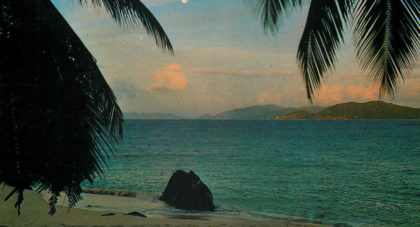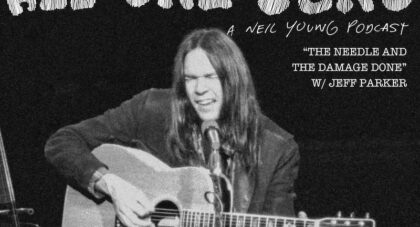Dead Notes is back—kinda, sorta. Though our normal column remains on hiatus, we had to fire things back up for a talk with Mark A. Rodriguez about his new book of Dead art, After All is Said and Done: Taping the Grateful Dead 1965-1995 . . .
Only the good shit. Aquarium Drunkard is powered by its patrons. Keep the servers humming and help us continue doing it by pledging your support.
To continue reading, become a member or log in.


